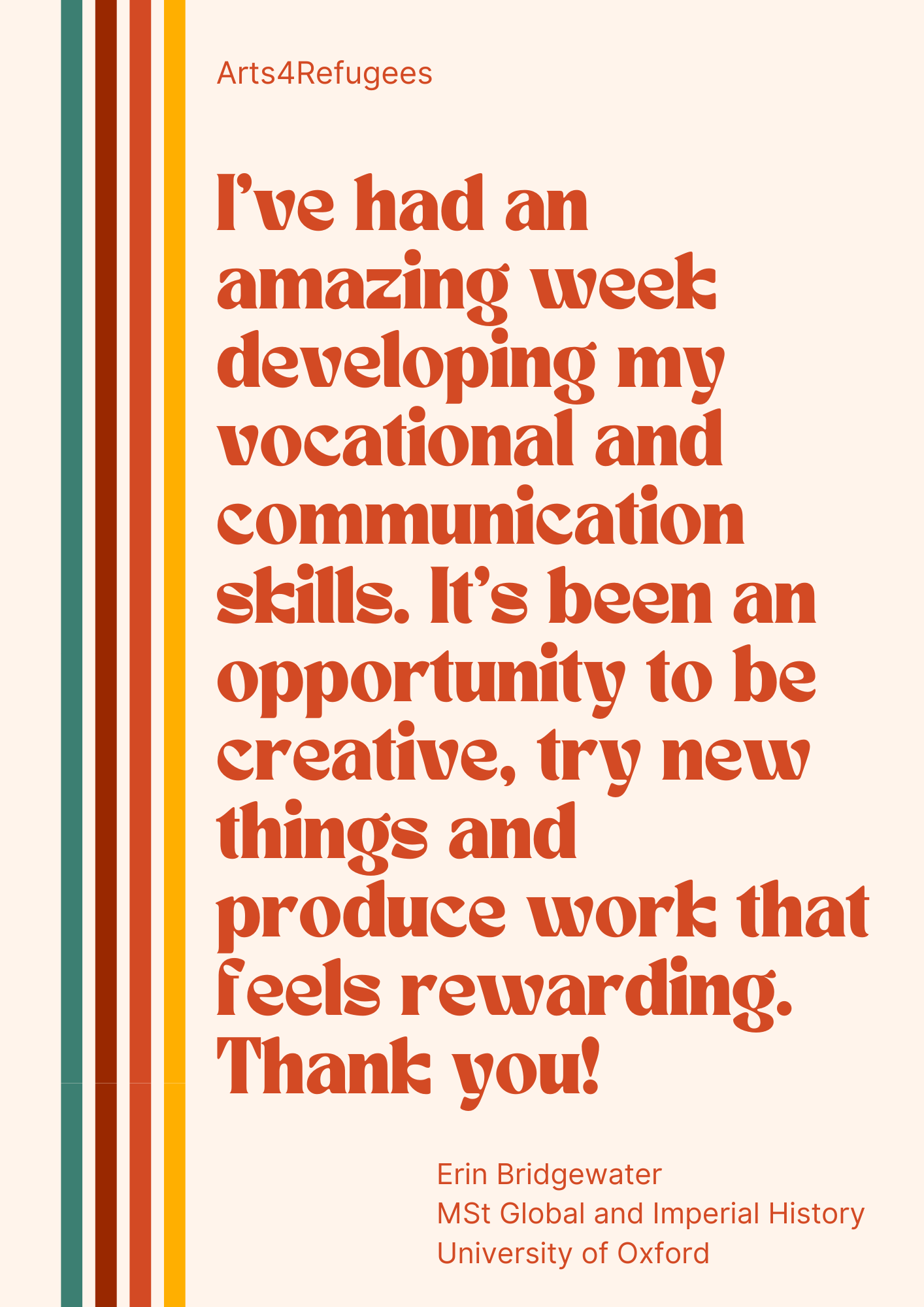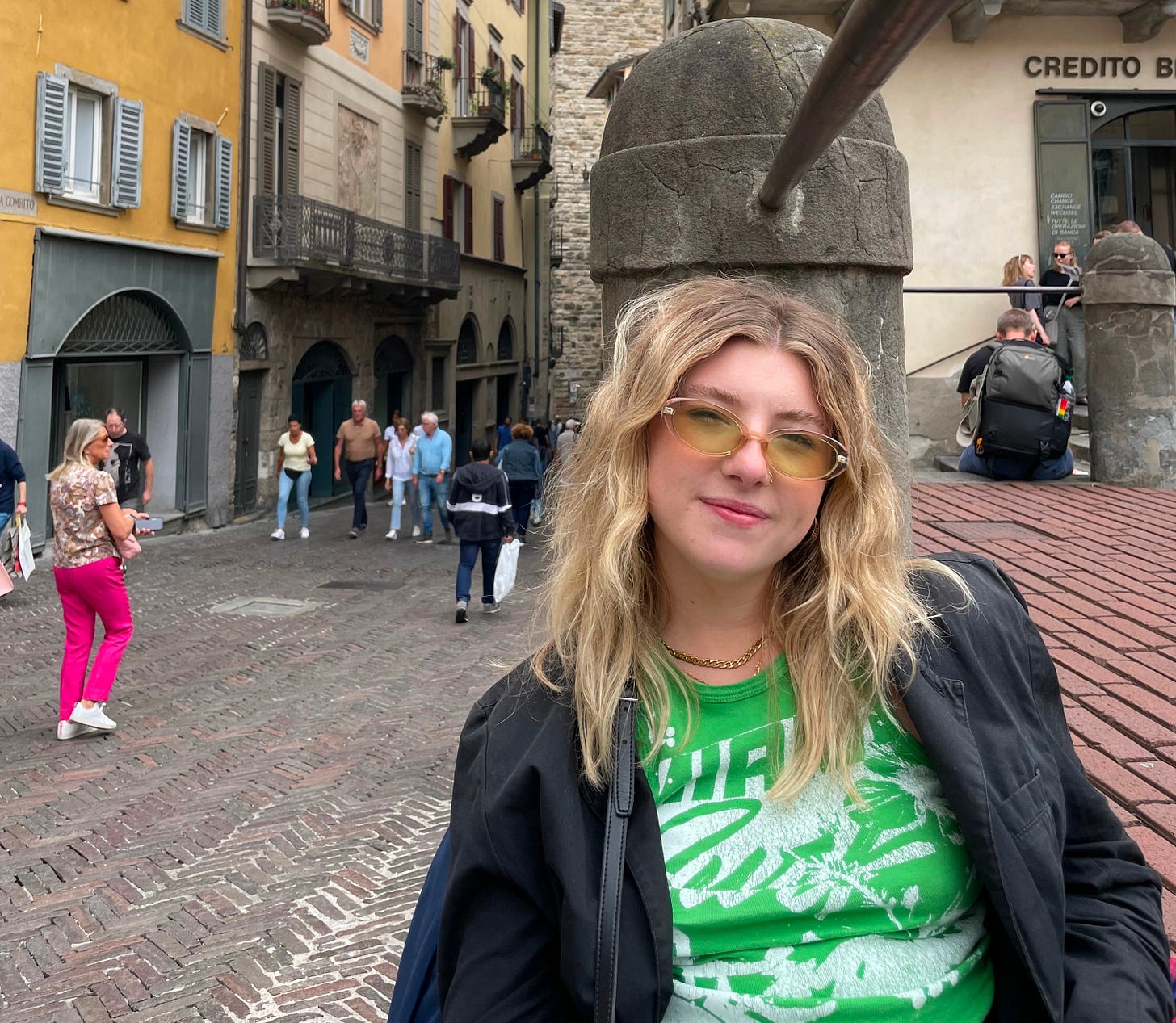Pata Pata & Power: Her Music Defied Apartheid, Changed the World. 🎶✊🏾
Listen, Read, Play & learn about Miriam Makebas arty refugee experience 🎮
Click here to play & learn.
Back Story
Activism in Exile: Miriam Makeba and the Music of Liberation
The Prospect Township near Johannesburg no longer exists. In 1936, the municipal authorities emptied it, completing a project to clear the city’s inner ‘slums’. The residents were pushed out to racially segregated quarters on the urban periphery - a calculated strategy to dispossess, divide, and control the non-white population. The apartheid regime formalized this racial segregation in 1948, entrenching a system of white supremacy that would last for decades. Even after apartheid’s fall in the 1990s, its devastating impacts linger - communities like Soweto are still grappling with poverty, inequality, and the scars of oppression.
It was in Prospect that activist-musician Miriam Makeba was born in 1932. Although challenging, her childhood was filled with music and dance. The sounds of traditional African instruments played by her mother mixed with the jazz tunes coming from her father’s piano and her brother’s saxophone. But Miriam preferred to sing. In the 1950s, she moved to Sophiatown - the scene of kwela, marabi and African jazz music. All these influences would inform Miriam’s music as she blended African melodies with jazz and folk elements.
In 1960, the South African government banned Miriam’s passport and revoked her citizenship. She discovered this when trying to travel home from the United States for her mother’s funeral.
She was blacklisted from her homeland.
She was an exile.
Miriam would say her songs were not politics, just the truth. But her life and music were entwined with the pan-African struggle against apartheid, segregation, and colonisation.
Black Power Activism in the United States
Miriam had her breakthrough in the U.S. She became something of a cultural ambassador, introducing American audiences to the rich musical and visual traditions of the South African townships. In 1962, she even performed for President John F. Kennedy at Madison Square Garden. Through hits like ‘Pata Pata’ (1967) and ‘Ngqongwane (The Click Song),’ Miriam shared the vibrant sounds of her homeland with Western listeners.
“I kept my culture. I kept the music of my roots. Through my music, I became this voice and image of Africa and the people without even realising.” Miriam’s blending of African and Western musical influences created a sound that transcended racial and cultural barriers. On Miriam’s exile, South African theologian Desmond Tutu reflected “those of us still in South Africa were sad that another talented person had left […] under duress,” but that it also helped support and popularise the anti-apartheid movement. Miriam altered Western perceptions of Africans, debunking the racist propaganda of apartheid.
Miriam’s visual style also made a statement, as she embraced traditional African patterns and hairstyles. According to Tanisha Ford, Miriam “gave many black Americans their first introduction to African culture.” Blending African and Western musical influences while remaining unapologetically attached to her cultural heritage, Miriam created art that transcended racial and cultural barriers.
But Miriam’s role went beyond performing. She used her fame and mobility to speak out forcefully against apartheid,testifying before the United Nations in 1963. Miriam’s marriage to civil rights activist Stokely Carmichael in 1968 further cemented her ties to the Black Freedom Struggle. “Makeba and Carmichael’s union signified the marriage of soul style and Black Power and evoked notions of [...] African diasporic unity.” However, this political activism also drew the ire of the FBI, who surveilled, harassed, and ultimately revoked Miriam’s U.S. visa, leaving her stateless once more.
Although her outspoken political stance cost her some popularity, she remained committed to using her platform to aid the fight against apartheid and encourage pan-African solidarity. Her political activism and musical expression aided the fight against apartheid and encouraged the development of pan-African connections in the fight for liberation.
The Struggle for African Independence
After being exiled from the U.S., Miriam Makeba and her husband Stokely Carmichael sought refuge in Guinea, a center of African anti-colonialism under the leadership of President Sékou Touré. Makeba effectively became an artist-in-residence for the Guinean government, using her platform to amplify the country's anti-colonial ideology and nationalist project. Through songs like ‘Touré Barika’ and ‘Maobé Guinée,’ Miriam fused local Guinean musical elements with her own eclectic influences from South Africa and the United States. In doing so, she became a powerful voice for pan-African solidarity and decolonization, using her art to uplift the nationalist struggle in Guinea and across the continent.
But her role extended beyond just performing. She traveled extensively throughout Africa to lend her celebrity to independence ceremonies and other anti-colonial events. During her fifteen-year stay in Guinea, Miriam addressed the UN General Assembly twice as a Guinean delegate, making more militant calls for “the burial of apartheid through armed struggle.” She positioned herself as an international spokesperson against colonialism, as well as apartheid, using her fame and mobility to keep the struggle for African liberation in the global spotlight.
In Guinea, Miriam became a symbol of pan-African unity and a beacon for the ongoing fight against colonialism. Her musical expression and political activism were inextricably linked, as she leveraged her artistry to advance the cause of decolonisation from her exile.
Music and South African Liberation
“I’m not a political singer,” Miriam stated in an interview. “People think I consciously decided to tell the world what was happening in South Africa. No! I was singing about my life, and in South Africa we always sang about what was happening to us - especially the things that hurt us.” But even Makeba’s most seemingly apolitical songs took on a political significance in the context of the anti-apartheid struggle.
Music was central to the fight against apartheid in South Africa. Freedom songs built on the rich social and cultural role of music in black South African communities. They were sung at political meetings to communicate shared grievances, used to demonstrate strength and unity in the face of oppression, and articulated an aspiration for a liberated future. Music mobilised and galvanised the masses against the brutality of white minority rule and racial segregation, not only in South Africa. In 1988, Miriam participated in the Nelson Mandela Freedom Concert at London’s Wembley Arena. Alongside her ex-husband and longtime musical collaborator Hugh Masekela, she performed ‘Soweto Blues’, a song about the 1976 Soweto Uprising tragedy.
Art and culture were vital to the global anti-apartheid campaign . With international pressure mounting, the UN General Assembly enacted a cultural, academic and sporting boycott of South Africa in 1980, appealing to individuals and institutions to “terminate all links with South Africa.” In 1986, Miriam joined Paul Simon on his Graceland Tour, coming under scrutiny since the album had been recorded in South Africa. Simon argued he had sought to promote South African voices and headlined a concert with anti-apartheid activists such as Miriam and Hugh Masekela in Zimbabwe in 1987.
Even an afropop dance song like ‘Pata Pata’ assumed political resonance. Although Makeba considered it one of her "most insignificant" songs, its infectious melody and joyful rhythms became a symbol of resistance, liberation, and defiance."Sometimes people are tired of thinking of difficult and unpleasant things," Makeba acknowledged. Amidhardships, Makeba's music offered an outlet for collective joy and solidarity. Her songs became a language of liberation, a means of activism, and a wellspring of hope.
Whether overtly political or not, Makeba's music was indelibly shaped by and infused with the spirit of the anti-apartheid movement. Her musicianship was inseparable from her role as a cultural ambassador and activist, using her platform to advance the causes of freedom and liberation.
In this post Erin highlights the arty refugee experience of Miriam Makeba. She is a citizen journalist on a placement with us organised by Oxford University Career Services. She also organised the micro game to make the journalistic experience interactive.
Thank you for reading an A4R 🎨 Post. Don’t forget to visit our gift shop here. Every purchase scales our impact and pays our bills.






